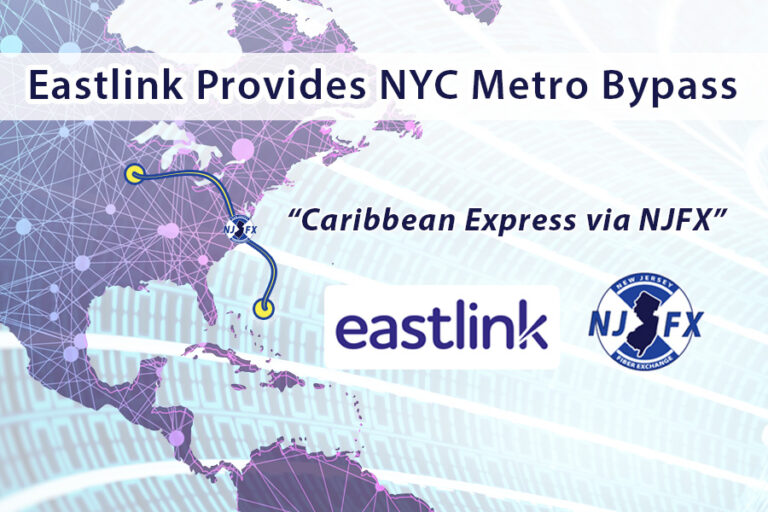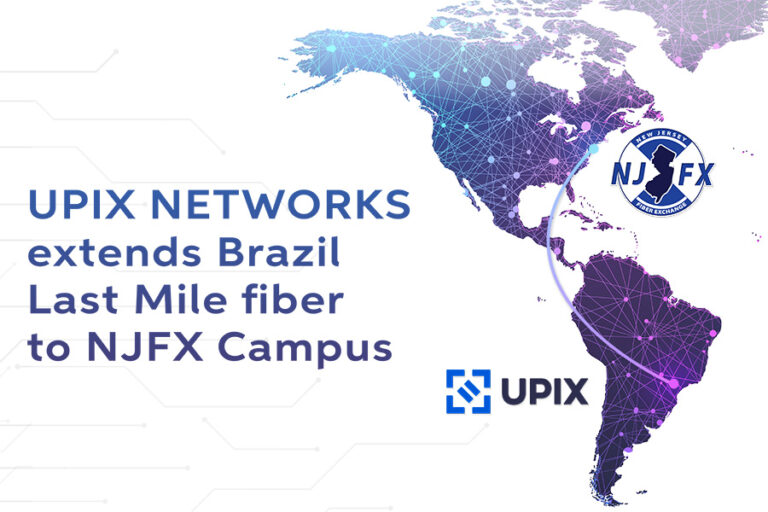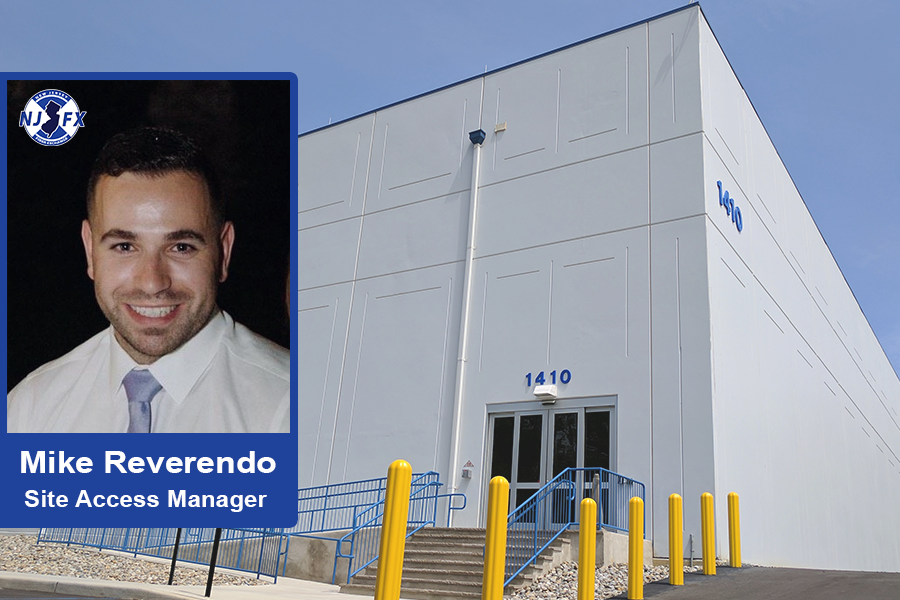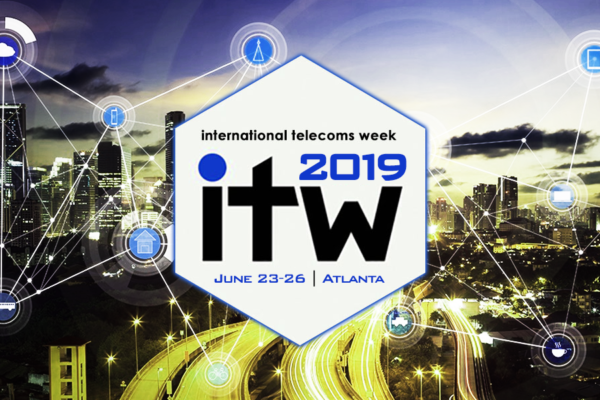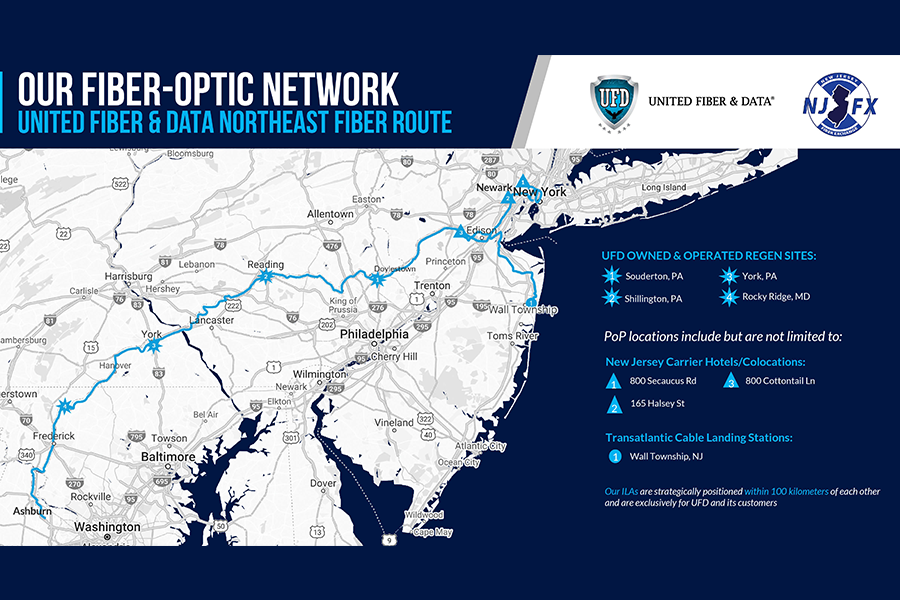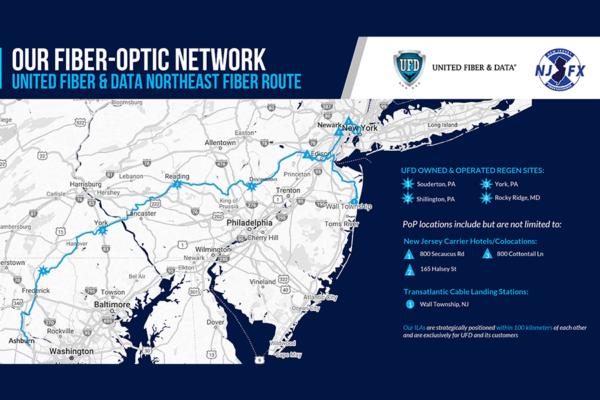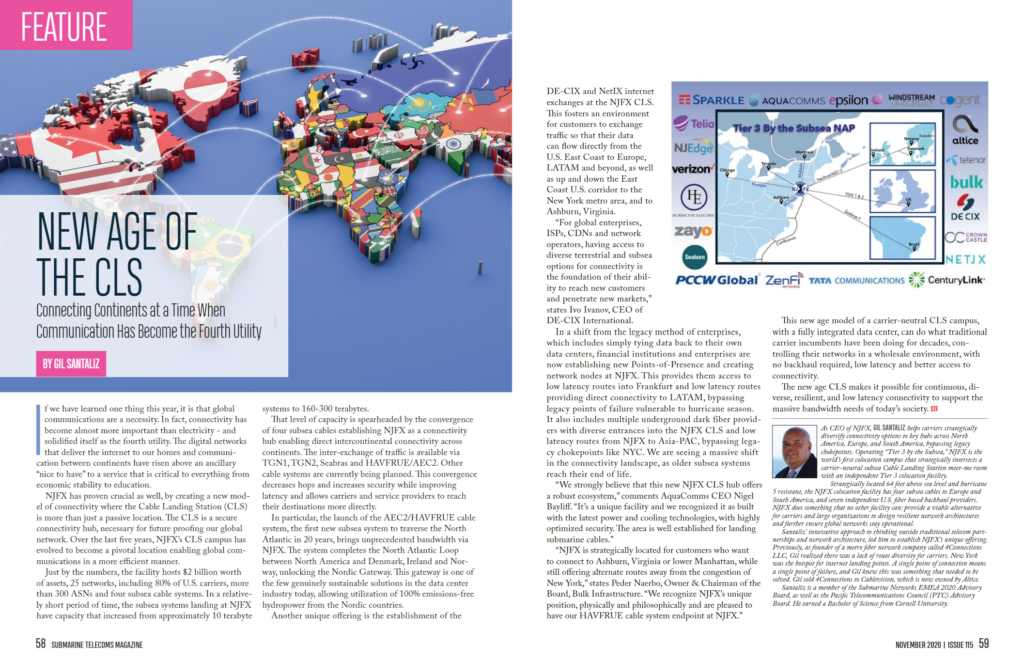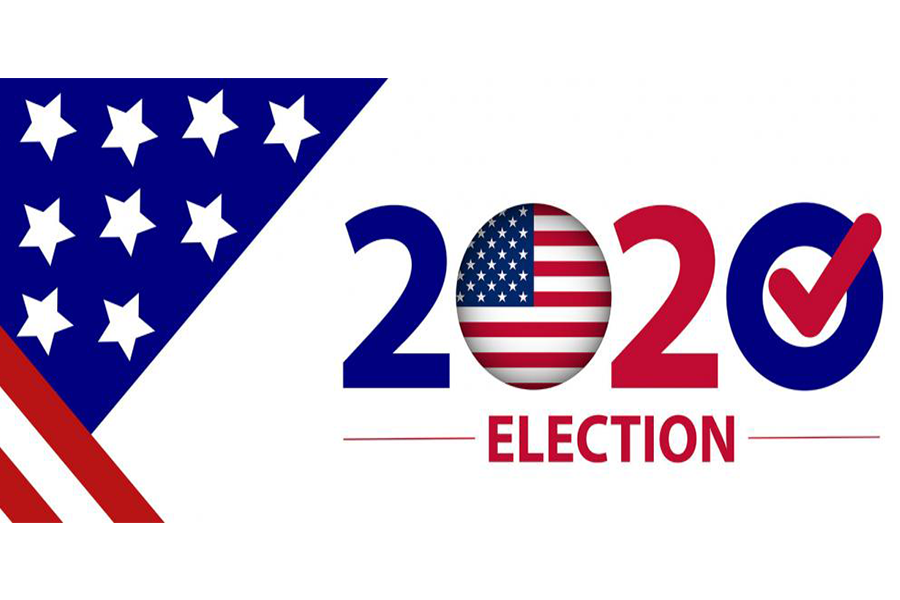Hurricane Electric Expands Global Network to New Jersey With New Point of Presence at NJFX
Hurricane Electric Expands Global Network to New Jersey With New Point of Presence at NJFX
Located in the only Cable Landing Station Colocation Campus in the United States, new PoP will expand access to high-speed IP transit
January 27, 2021

WALL, NJ & FREMONT, CALIF – Hurricane Electric, the world’s largest IPv6-native Internet backbone, announced today that it has deployed a new Point of Presence (PoP) at NJFX, the only Cable Landing Station (CLS) colocation campus in the U.S offering Tier 3, carrier-neutral data center capabilities. The new PoP is located just 60 miles from Manhattan and is Hurricane Electric’s fifth in New Jersey and 11th in the greater New York City.
Hurricane Electric will leverage NJFX’s network-rich facility to provide high-speed IP transit via its extensive global IPv6 and IPv4 network through 1/10/100GE (Gigabit Ethernet) ports, resulting in reduced latency and improved traffic flow. Additionally, networks within NJFX’s facility will have a direct path to Hurricane Electric’s global network encompassing more than 250 major exchange points and more than 8,000 different networks. The expansion will also allow Hurricane Electric and its customers to directly interconnect with subsea capacity services across the Atlantic to Ireland, Denmark and Northern Europe.
“We are excited to expand our network to NJFX,” said Mike Leber, President of Hurricane Electric. “Today’s network expansion furthers our goal of providing more connectivity globally to as many enterprises as possible, while satisfying critical bandwidth demands.”
NJFX, home to four subsea cable systems and seven independent U.S. fiber-based backhaul providers, serves as a strategic distribution center for data demarcation into and throughout North America. Its community of carriers make the NJFX CLS a marketplace rich with fiber networks and platforms providing multiple options for routes, security and diversity.
“We are delighted to welcome Hurricane Electric’s robust network to our CLS colocation campus,” said Gil Santaliz, CEO for NJFX. “Today’s expansion will enable access to Hurricane Electric’s rich global network for enterprises and cloud providers within our ecosystem.”
NJFX offers 64,800 square feet of data center space and is the first and only colocation campus physically located at a cable landing station. With Tier 3, carrier neutral data center capabilities, this data center is strategically located to offer direct access to multiple independent subsea cable systems interconnecting North America, Europe, South America, and the Caribbean.
About Hurricane Electric
Hurricane Electric operates its own global IPv4 and IPv6 network and is considered the largest IPv6 backbone in the world. Within its global network, Hurricane Electric is connected to more than 250 major exchange points and exchanges traffic directly with more than 8,000 different networks. Employing a resilient fiber-optic topology, Hurricane Electric has five redundant 100G paths crossing North America, four separate 100G paths between the U.S. and Europe, and 100G rings in Europe, Australia and Asia. Hurricane also has a ring around Africa, and a PoP in Auckland, NZ. Hurricane Electric offers IPv4 and IPv6 transit solutions over the same connection. Connection
###
About NJFX:
NJFX is a Tier 3 Carrier Neutral Cable Landing Station campus. Our colocation ecosystem has expanded to over 35 network operators offering flexibility, reliability, and security. Our Wall, NJ location provides direct access to multiple subsea cable systems giving our carriers diverse connectivity solutions and offers direct interconnection without recurring cross-connect fees.
Latest News & Updates
Stay informed with the latest press releases, industry news, and more.


